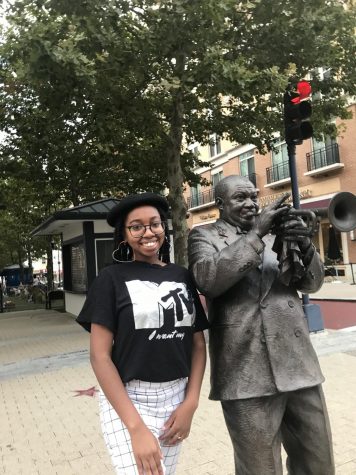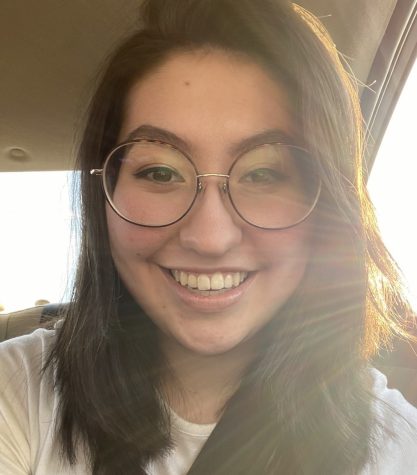As a new 22-year-old, I’ve discovered fresh and exciting ways to embrace my womanhood.
From exploring what deep intimacy is like with someone for the first time to being presented with a whole new world that is post-graduate life soon, becoming acquainted with who I am at my core is a lifelong journey.
I’ve had a few of those moments at the most unexpected times and spaces, but one of them was reclaiming my favorite Disney Princess.
When I was younger, my favorite Disney Princess was Princess Ariel. It could’ve been the arrival of “The Little Mermaid” in my favorite decade, the vibrant soundtrack, her long red hair, her special friendships with sea creatures or how her silly and jumpy personality correlated with mine as a child.
Once I turned 21, I slowly came to terms with realizing how I wasn’t as juvenile as Ariel anymore. Growing pains are uncomfortable and almost embarrassingly, admitting my favorite Disney Princess was not Ariel for the first time in my over two decades of life was extremely difficult for me.
The hardest part of that revelation was recognizing Ariel’s place in my life, and it was childhood. At the same time, Princess Jasmine from the 1992 film “Aladdin” was looking more like a mirror to me in more ways than not, and I found our commonalities fascinating.
With luscious dark hair, large enchanting eyes and a distinct hourglass figure, to say Jasmine is desirable is a disparaging understatement. Her royal aura sparkles throughout the film and recognizing I had grown into a woman with similar physical features helped me identify with her more than ever before.
Jasmine’s fashion sense resembles her personality to a tee and it distinguishes her from not only the other characters in the film but other Disney Princesses overall. She isn’t afraid to show skin in her color-coordinated outfits that flatter her body, and her two large gold earrings and matching necklace are reflective of her culture. In my natural quintessence, the clothing I feel most comfortable in allows me to show skin and accessorize perfectly to complement my figure and feminine finesse.
On the inside, Jasmine sees both the good and bad in people, and loves them equally. In the film, she famously mentions that when she marries, she wants it to be for love despite the tradition to marry for royalty or familial reasons. It’s why she took a chance on romantic interest and “hoodlum” Aladdin. In the same way, it identically supports my personal conviction for why I don’t date aimlessly, even though societal norms suggest otherwise.
There’s no way to discuss Jasmine without mentioning her sultry confidence that enriches any scene featuring the princess herself. She is opinionated and self assured, willingly to engage in sarcastic banter or use her sex appeal to get the better of her foes, something I certify as an efficient tactic in the right time and space.
Disney made sure Jasmine embodied a well-defined and multilayered character who was not solely reliant upon a prince, which is why she rejects her father’s prospects and independently explores beyond the kingdom, despite the risks of doing so.
Jasmine is far from perfect but she learns to accept this hard truth over the course of the movie. This was something I learned to swallow in my transition from girl to woman, adding to my own royal character development. As I mature and dive deeper into my womanhood, Jasmine is a character I hope to emulate and channel in many areas of my life.
Thirty years ago, my favorite Disney princess was born and I want to celebrate both her and myself. To finally feel so secure in that statement after overcoming the hardships of letting go of childhood and resting confident in who I am makes my heart feel like it’s on a magic carpet ride.
Trinity Bland is a senior studying television, film, media and Spanish. Follow her on Twitter @trinityaliciaa.










